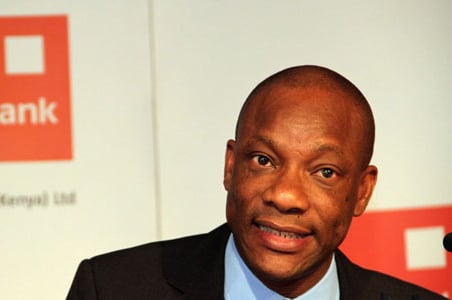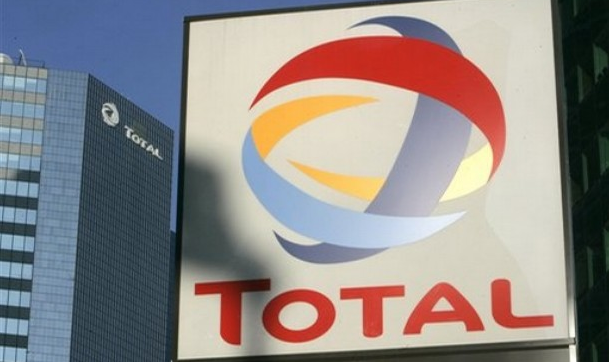Fidelity Bank is one of the few banks that stood against the generally bad earnings season that many banks experienced in 2015. The bank is again showing relative stability in earnings in the current year that may speed up in subsequent interims to a reasonable growth at full year. The bank maintained stable growth in revenue in 2015 and succeeded in defending profit in a year in which major banks suffered sharp profit drops.
Sharp growths in two main expenditure lines ravaged the income statements of banks generally last year and consequently slashed bank profits in the year. These are impairment charges for credit losses and interest expenses. Their unfavourable movements last year hasve again been sustained in many banks so far in the current year.
Fidelity Bank moved against the adverse cost behaviours in 2015, which enabled it to keep profit up and continue its recovery journey into the second year. The favourable cost behaviour is continuing for the bank in the current year though revenue constraint presented a weak point on the income statement in the first quarter.
The bank closed first quarter trading with gross earnings of N34.36 billion, which is a decline of 5.5% year-on-year. The earnings weakness came from fee income, as other operating income fell by more than 93% during the period. Based on the current growth rate, gross income is projected at N143.3 billion for Fidelity Bank at the end of 2016. That will be a decline of 2.4% from the gross earnings of N146.9 billion the bank posted in 2015.
Advertisement
Earnings growth may accelerate in the coming quarters, as economic activity is expected to pick up from the first quarter level. The bank has maintained stable growth in revenue over the years and with possible improvement in subsequent quarters, the full year revenue position may be slightly better than forecast.
After tax profit amounted to N3.58 billion for Fidelity Bank at the end of the first quarter, which is a drop of 10.5% year-on-year. The drop in profit follows the decline in revenue during the period as well as a relatively strong growth in operating cost.
Based on the current growth rate, after tax profit is projected at N14.43 billion for Fidelity Bank at full year. That will be another moderate increase of 3.8% over the full year net profit of N13.90 billion the bank reported at the end of 2015. Profit was only slightly improved in 2015.
Advertisement
Operating expenses rose by 15.7% to N16.03 billion year-on-year at the end of the first quarter against the decline recorded in gross earnings. Consequently, the bank devoted an increased share of its revenue to operating expenses, raising operating cost margin from 38.1% in the same period last year to 46.7% at the end of the first quarter. The increase made an incursion into profit margin and undermined profit capacity.
The other main cost lines of the bank continued to show favourable behaviours at the end of the first quarter. Loan loss expenses, the main problem area for banks generally, was not only comparatively small for Fidelity bank but again dropped by 27.5% to N739 million in the first quarter. This is one of the lowest loan loss expenses seen in the banking sector so far on a net credit volume of over N590 billion.
Interest expenses, the second problem area for banks, also dropped by 11% for Fidelity Bank in the first quarter. This is against an increase of 7.7% in interest income during the period. The bank therefore lifted net interest income by 30% to N16.1 billion at the end of the first quarter.
The decline in revenue and the increase in operating cost margin depressed profit margin during the review period. Net profit margin declined from 11% in the first quarter of last year to 10.4% at the end of the first quarter of the current year. This is still slightly better than the net profit margin of 9.4% at which the bank closed last year’s operations. A step up in revenue growth in the subsequent quarters can be expected to reduce the cost-income ratio and improve profit margin for the bank.
Advertisement
The bank earned 12 kobo per share at the end of the first quarter, down from 14 kobo in the same period last year. It is expected to earn 50 kobo per share at full year based on the full year profit projection. It earned 48 kobo per share at the end of 2015 and paid 16 kobo per share in cash dividend to shareholders on 5th May 2016.
Add a comment







